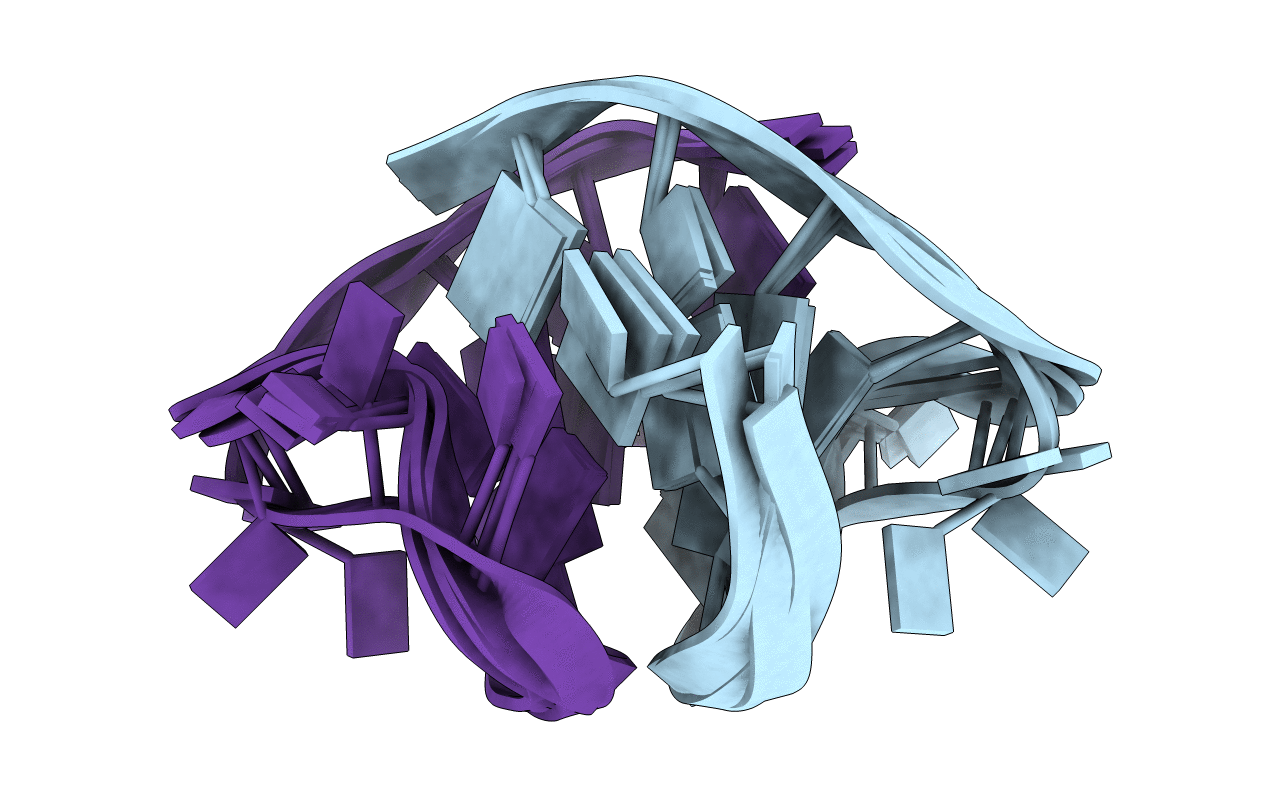
Deposition Date
1998-02-25
Release Date
1998-06-17
Last Version Date
2024-05-22
Entry Detail
Biological Source:
Source Organism:
Method Details:
Experimental Method:
Conformers Calculated:
4
Conformers Submitted:
4
Selection Criteria:
ALL CONFORMERS PRESENTED


